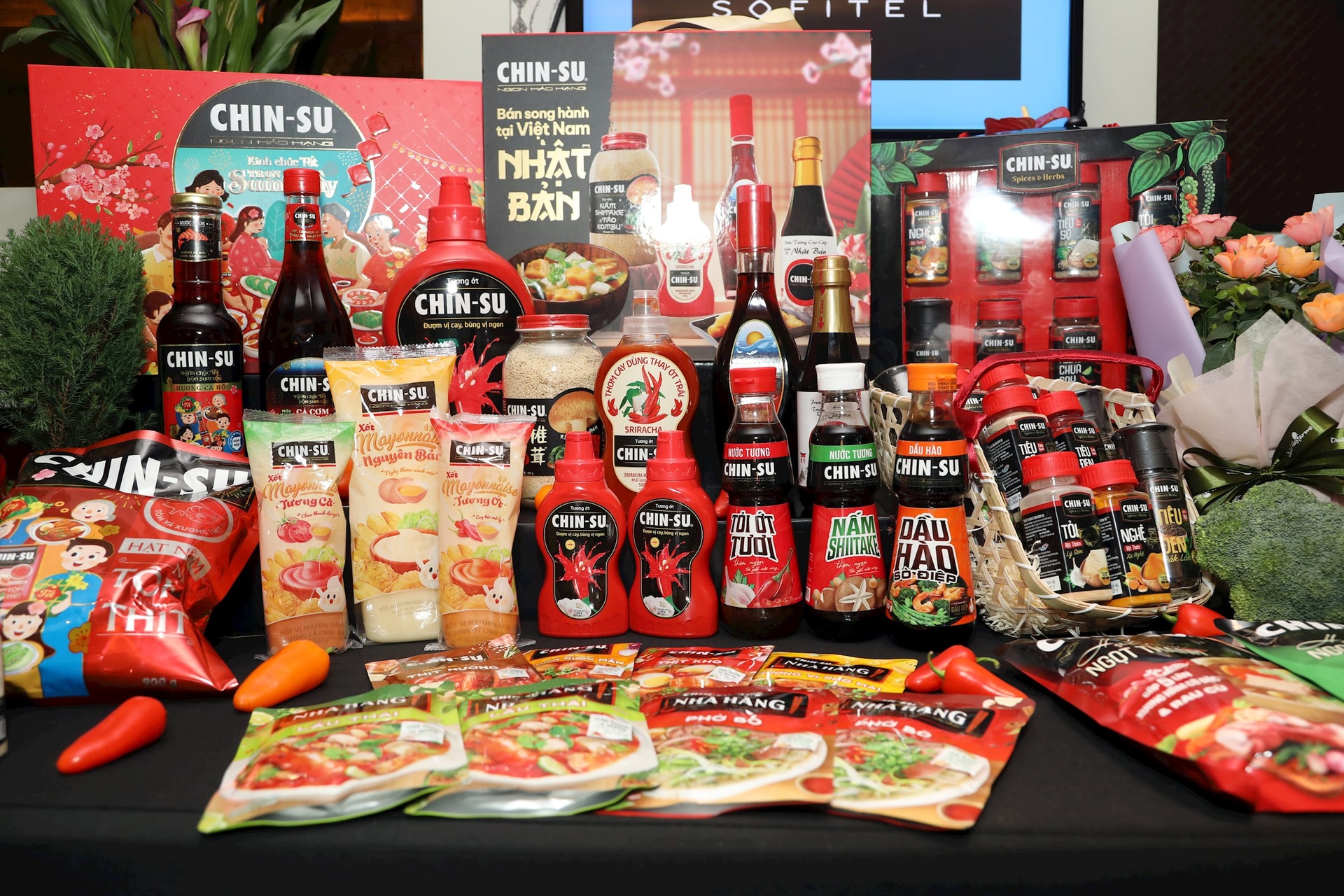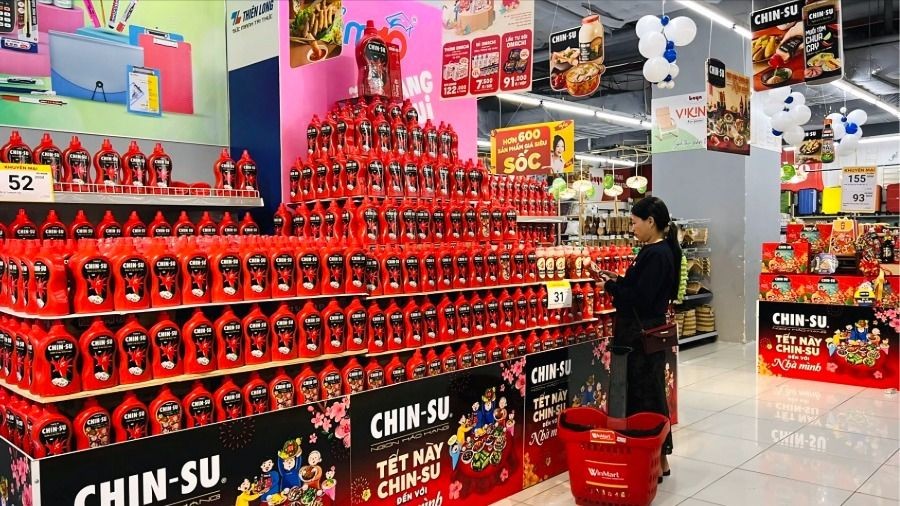Strong export growth across Asian markets
In the first half of 2025, despite ongoing global trade volatility, Vietnam’s agricultural, forestry, fishery, and processed food exports maintained solid growth. According to the Ministry of Agriculture and Environment, total AFFP export value reached approximately USD 33.8 billion, up 15-16% year-on-year, with a trade surplus of around USD 9.8 billion.
Despite stricter quality control requirements, higher tariffs in major markets such as the U.S. and China, and intensified competition from other exporting countries, Vietnam’s food sector has capitalized on free trade agreements to expand market access. Key products such as coffee, cashews, pepper, and processed seafood continued to perform strongly, paving the way for further penetration into high-standard markets like the EU, U.S., South Korea, and Japan.
Against this backdrop, Masan Consumer’s export revenue surged over 35% in the first half of 2025, mainly driven by growth in Asian markets such as South Korea and Japan. This reflects the increasing global acceptance of Masan Consumer’s Vietnamese culinary products, strengthening the foundation for its “Go Global” strategy.

This growth not only provides a vital revenue stream amid domestic market challenges but also underscores Masan Consumer’s competitiveness in bringing Vietnamese cuisine to the world.
Investing in high-quality products for local and global market
Aligned with its global expansion strategy, Masan Consumer continues to invest in product quality to meet rigorous international standards. All of its factories are certified to global quality and food safety standards, including FSSC 22000, ISO 22000, HACCP, BRCGS, and HALAL.
To ensure product excellence, the company enforces strict control over raw materials, requiring suppliers to provide certificates of origin, food safety compliance, and adherence to environmental and social regulations throughout the supply chain. A comprehensive quality control system is applied across all stages-from sourcing and production to final products-ensuring export-ready quality and consumer trust.
In 2023, Masan Consumer established the Consumer Innovation Center (CIC), adopting its “Consumer-In-Love” model to place consumers at the heart of product innovation. By collaborating with leading market research organizations, the company monitors emerging trends such as sustainable consumption and healthy living, enabling it to develop high-quality, safe, and value-driven products that enhance its competitiveness in demanding international markets.
Adapting to domestic challenges and reshaping distribution channels
Alongside its export growth, Masan Consumer has faced headwinds in the domestic market, with traditional retail (GT) disrupted by new tax policies and cautious consumer spending. In response, the company accelerated its distribution restructuring, shifting toward direct distribution to reduce reliance on large traditional retailers.
Leveraging WinCommerce’s extensive retail network, Masan Consumer has expanded its presence across modern trade (MT) and HORECA (hotels, restaurants, cafés). In Q2 2025, revenue from MT increased by 5.7% and HORECA by 34.2%, demonstrating the effectiveness of its new distribution strategy and the synergies within Masan’s consumer ecosystem.

Additionally, the company is optimizing its in-store supply chain through better inventory control, improved promotional efficiency, and the deployment of modern sales management technologies. MCH also aims to reduce GT’s revenue contribution from large traditional retailers to 30% (from 60% in H1 2025), building a more sustainable, flexible, and independent distribution model.
Despite domestic challenges, the strong export performance reinforces the strength of Vietnamese brands. Products such as Chin-Su Phở Story, Spices & Herbs seasoning, and Chin-Su chili sauce are not only winning over local consumers but also establishing themselves as representatives of Vietnamese cuisine in global markets.
For the second half of 2025, Masan Consumer aims to further expand its export footprint while continuing to premiumize its product portfolio and optimize domestic distribution, laying a solid foundation for sustainable growth and elevating the presence of Vietnamese brands on the global stage.


